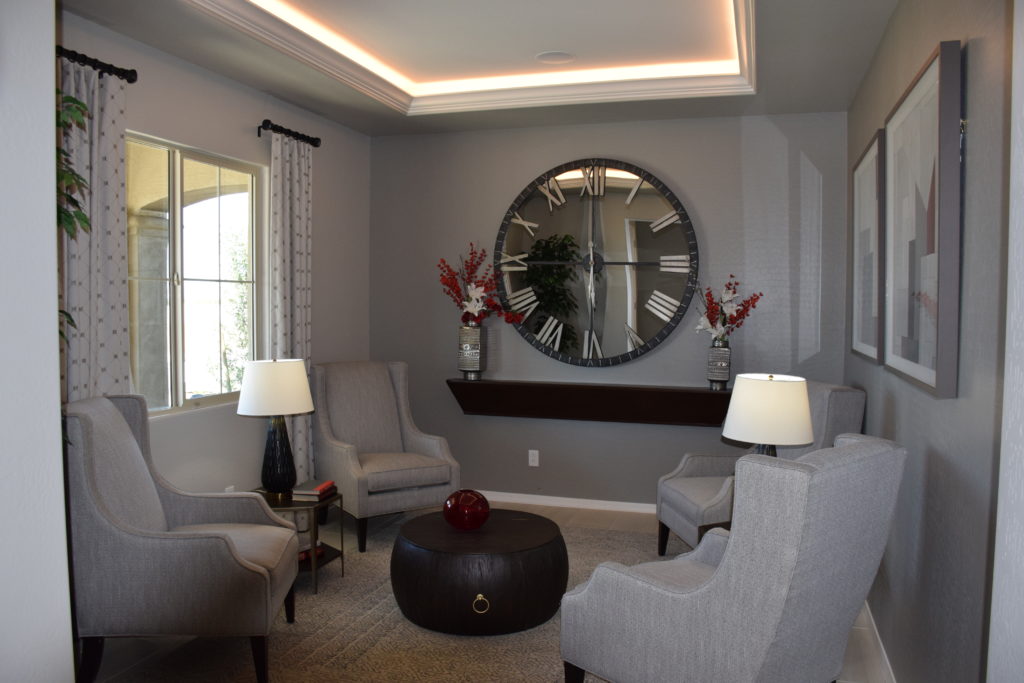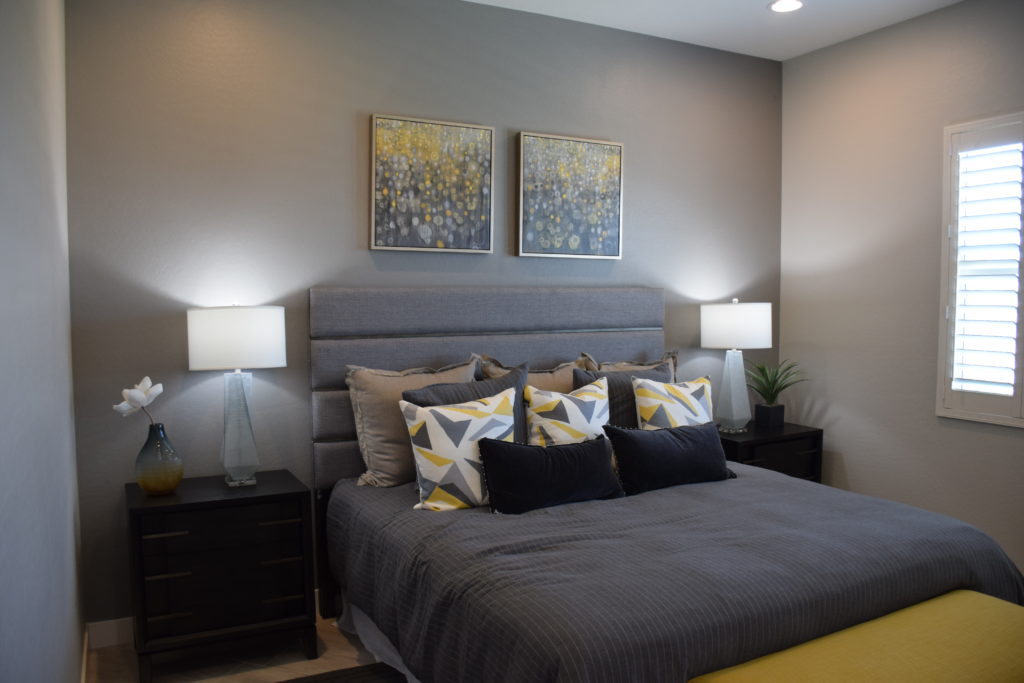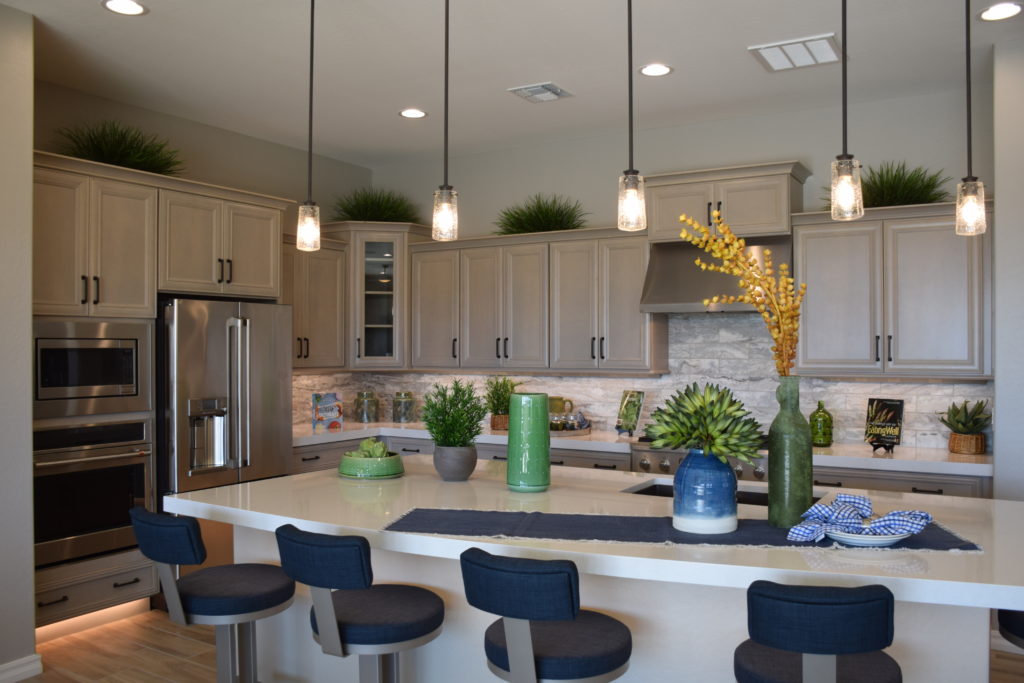
The world of design is everchanging; styles evolve and branch off into more tailored categories. Some interior design styles are timeless while others fade away and are just merely a trend. However, it is always something truly magical when two very distinct styles have the opportunity to mesh together into a new style, offering the best of both worlds. Traditional Design and Contemporary Design are prevalent yet very distinctly different styles, and that is where Transitional Design gives them the opportunity to shine together as one design. To better understand Transitional Design, we explored the two main outlets that power this style. Let’s take a look:
Traditional
There is something inspiring about the raw beauty of a Traditional Design. From its classic detailing through wooden trim to the rich, elegant environment it showcases, traditional homes easily highlight the inviting elements of comfort by integrating symmetry, boastful décor, and freedom of color to warm the atmosphere. With endless accessories, this has been a timeless style that balances a dramatic space with a refined yet elegant atmosphere.
Contemporary/Modern
On the other hand of classic, there is the new, edgy style: Contemporary Design. While Mid-Century Modern is an era that has come and gone, this is a style that is always adapting to its latest trends. Borrowing the open layout from Mid-Century modern is as far as these can relate. However, contemporary design is mainly influenced by today’s most trending design influencers. Patterns, colors, and styles are always becoming more unique and pushing the limits of design. This is a highly evolving design that can quickly be identified as very awe-inspiring. Modern Design will allow an open layout, and it thrives on sticking minimalistic with its décor and will tend to keep a neutral color palette.
The Balance
You can go three routes when combining the two styles in Transitional Design. First, you can choose to amplify Traditional Style through your home’s architecture, trim, flooring, and color palette. Find elegance and luxury in your home by incorporating woods and classic elements then you can add the sleek, more contemporary designs through furniture, rugs, and décor. Or, you can try to have a modern open layout home. Include contemporary design through the layout of your space but let your furniture incorporate more classic textures and patterns. Lastly, you can try the “even” blend–this is where your home has a little more of an eclectic feel. You let each design shine evenly throughout the space. Putting both Traditional and Modern design into the furniture, layout, and the décor.
When completing a Transitional Design, make sure your room always feels uniform and not unbalanced. Harmony is key when creating Transitional Design. Remember that this is an eclectic blend of









